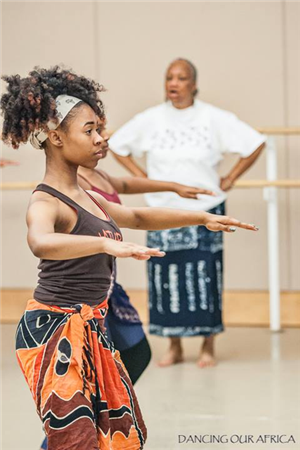|

Special features of the 2014 NCAS Dance Standards include:
- Grade-by-grade standards for Pre-K to 8th, with 3 HS levels: Proficient, Accomplished, and Advanced
- Model Cornerstone Assessments (MCAs) for 2nd, 5th, 8th grade as well as three high school levels
- Designed around an anchor standard supported by a process component, an enduring understanding, and an essential question
- Focus on processes for teaching dance as art - the "how" of teaching the artistic processes in the studio or classroom
- Resources for inclusion for students with special needs
You may find the NCAS Dance Standards to be especially helpful in the K-12 Setting, with an emphasis on sequential curriculum and unit development supported by MCAs. Within the standards, there are opportunities to integrate other disciplines into the dance lesson. The standards align with National Core Arts Standards in Music, Theatre, Visual Arts, and Media Arts, allowing for collaborative and interdisciplinary opportunities. More information, as well a a link to the National Coalition for Core Arts Standards interactive webpage, can be found here.
|